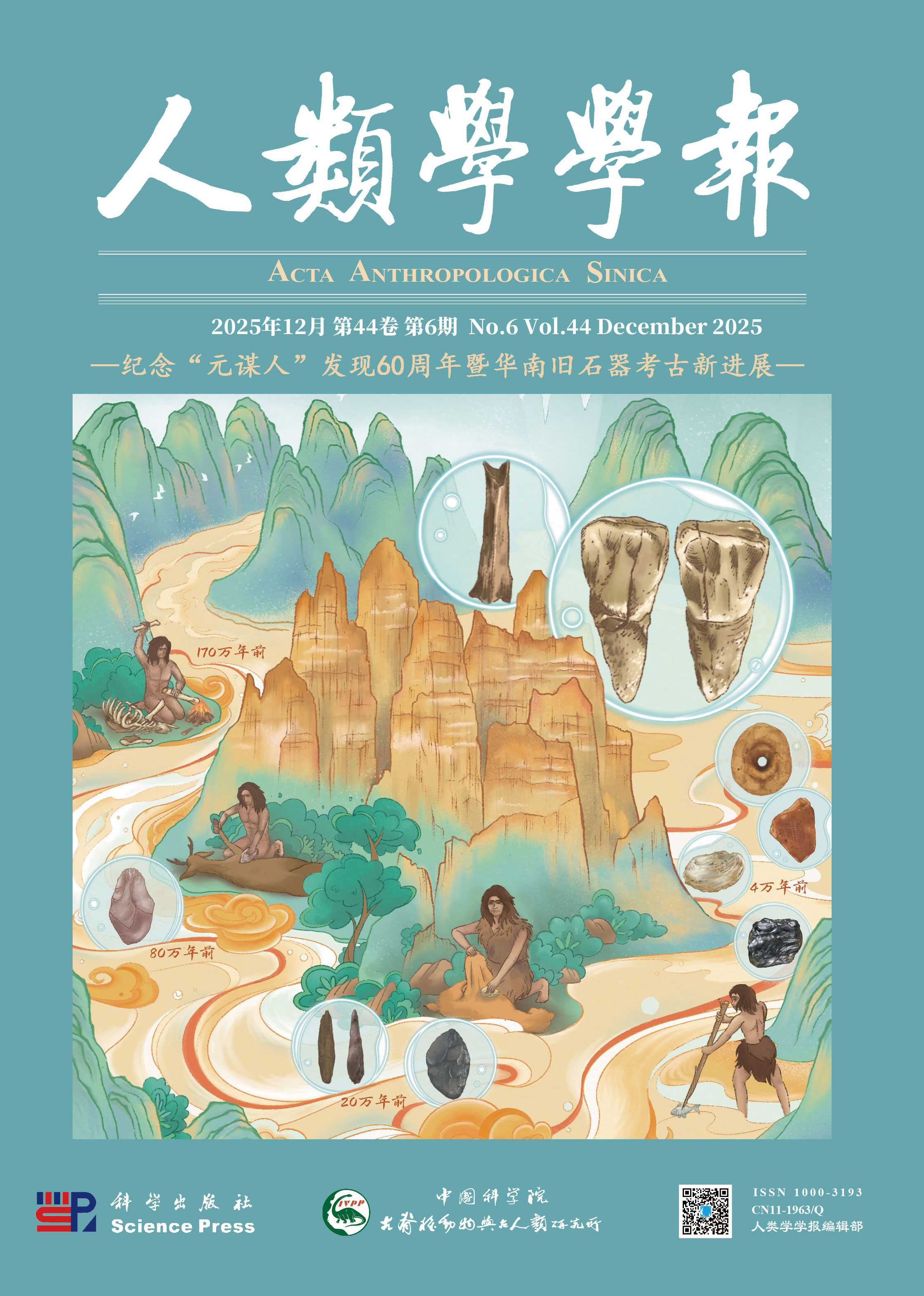Genetic analysis on craniofacial characteristics of school-age twins
LI Yu-ling; JI Cheng-ye; LIU Yan; DING Yi; LUAN Tian-shu; ZHAO Man; ZHENG Yu-na
2013, 32(01):
93-100.
 Asbtract
(
451 )
Asbtract
(
451 )
 PDF (1263KB)
(
156
)
Related Articles |
Metrics
PDF (1263KB)
(
156
)
Related Articles |
Metrics
The purpose of this paper is to analyze genetic and environmental influences on craniofacial development of 16 anthropometric items of school-age children in China of 369 twin pairs including 180 monozygotic (MZ), 141 like-sex and 48 opposite-sex dizygotic (DZ) aged 7 to 12 years enrolled in schools in Hohhot and Baotou. Anthropometric items were measured using the standard methods of measurement. Quantitative genetic model fitting and estimates of variance components were done with Mx, a structural equation modeling package designed for the analysis of twin and family data. After adjusting for age, the results were as follows. In cephalic measurements, head circumference had a higher heritability (male 66%, female 66%). Higher heritability of facial measurements was physiognomic facial height (male 73%, female 84%), nose breadth (male 57%, female 67%), interocular breadth ( male 57%, female 50%) and minimum frontal breadth (male 50%, female 50%). Gender effect existed in heritabilities of head length (male 64%, female 25%), head breadth (male 26%, female 82%), external binocular breadth (male 76%, female 34%) and physiognomic ear length (male 23%, female 70%). In conclusion, craniofacial development of school-age twins were influenced by genetic and environmental factors in which male and female’s head circumference and physiognomic facial height, male’s head length and external binocular breadth, female’s face breadth, nose breadth, mouth ?breadth ?and? physiognomic ?ear ?length ?were ?influenced ?primarly? by? genetic? factors.









